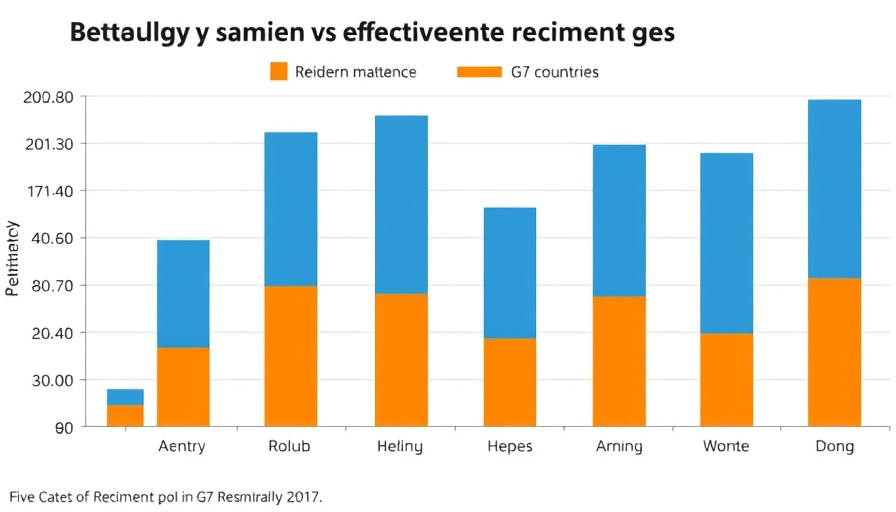
Is the Tradition of Learning Days Outdated?
In recent years, organizational learning and development (L&D) has undergone a revolution. As companies adapt to a rapidly changing workplace, the way we view learning metrics must evolve as well. The traditional measure of counting learning days—essentially the number of formal training days allocated to employees—has come under scrutiny. Some might argue that in a world where micro-learning, peer-to-peer training, and digital platforms dominate, clinging to this outdated measure hinders progress. However, the number of learning days per employee still holds value when integrated thoughtfully into broader learning strategies.
Why Learn Days Still Matter
Although alternative learning methods are rising, the foundational concept of tracking learning days provides essential insights for HR leaders. For instance, the ease of tracking and widespread understanding makes this metric accessible for all stakeholders—from employees to executives. According to the American Productivity & Quality Center (APQC), organizations average six learning days per employee, and those in the top quartile offer eight or more days. This data serves not only as a benchmark but also as a motivator for organizations striving to enhance their employee development initiatives.
New Ways to Leverage Learning Days Metrics
In this evolving landscape, how can companies breathe new life into the number of learning days? By complementing this metric with qualitative assessments such as employee feedback and skill application post-training, companies can achieve a deeper understanding of the effectiveness of learning initiatives. Incorporating these insights into HR dashboards provides a holistic view that celebrates both quantitative and qualitative progress, ultimately driving more profound employee performance.
What This Means for CHROs and Leadership Teams
For Chief Human Resource Officers (CHROs), Chief People Officers, and VPs of Talent and HR, simply upping the number of learning days isn't enough. They must also understand the broader organizational context. Leaders aware of their team’s holistic health know empowered teams drive better performance. To engage talent fully, leaders should not only track the number of learning days but also foster environments where learning is a continuous journey, integrated into everyday work routines.
Next Steps for Organizational Learning Cultures
As HR leaders rethink their learning strategies, they should consider blending traditional metrics with new performance indicators. Prioritizing a more dynamic approach empowers both executives and employees to invest in a vibrant learning culture. This transformation not only improves engagement but also contributes to employee retention, growth, and internal mobility—elements critical to a high-performing workforce.
Moving forward, let’s acknowledge the enduring value of traditional learning metrics like learning days, while embracing innovative methodologies that truly enhance employee experience and development. Organizations committed to this dual focus will undoubtedly pave the way for a more adaptable, skilled, and engaged workforce.
 Add Row
Add Row  Add
Add 




Write A Comment